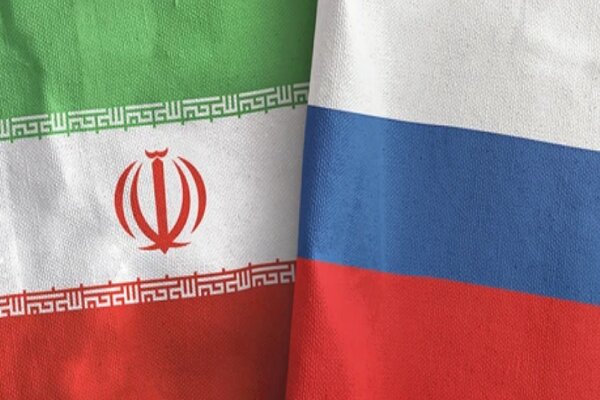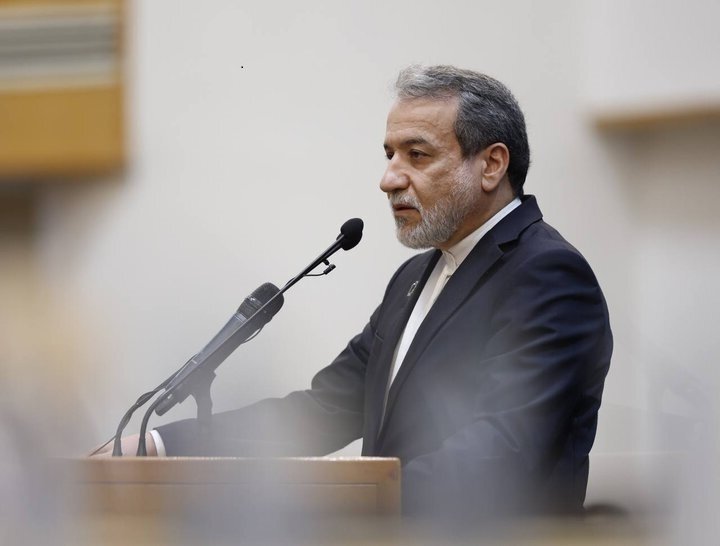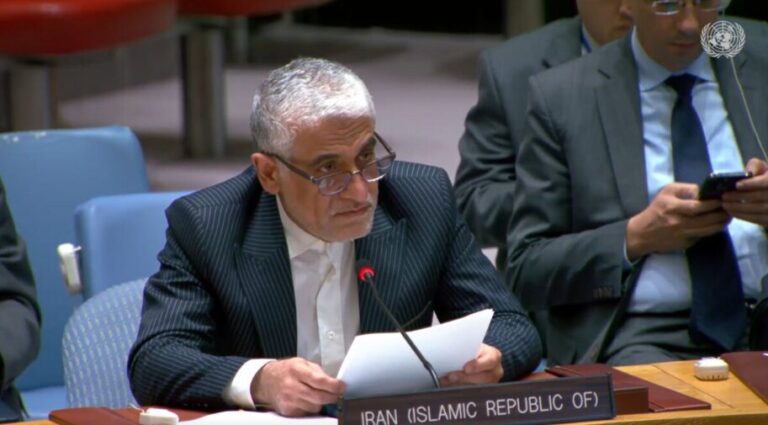Iran Unveils Innovative Monitoring Initiative to Safeguard Historic Sites from Land Subsidence
Iran has recently initiated a comprehensive national plan aimed at monitoring land subsidence in and around its historical sites. This initiative, announced by Seyyed Hamid Pourmohammadi, the Head of the Planning and Budget Organization, is a collaborative effort with the National Cartographic Center to systematically track land subsidence in heritage areas. This strategic move underlines Iran’s commitment to preserving its rich cultural heritage amidst growing environmental concerns.
During a session with senior officials from the Ministry of Cultural Heritage, Tourism, and Handicrafts, Pourmohammadi emphasized the need for structured, transparent, and actionable plans to safeguard Iran’s cultural assets. He stated, “The challenge of land subsidence in historical zones is real and growing. We have now initiated a scientific and continuous monitoring plan to address this issue.”
Pourmohammadi further assured that his organization is poised to enhance cooperation, which includes providing early warnings and implementing preventive strategies. The integration of modern technologies into heritage preservation efforts is essential, as he suggested the development of smart monitoring systems and the installation of permanent surveillance cameras. Additionally, establishing scientific observation networks will ensure real-time oversight of vulnerable sites, significantly contributing to their protection.
Tourism Minister Seyyed Reza Salehi-Amiri voiced similar concerns regarding land subsidence, labeling it a serious and escalating threat to Iran’s historical heritage. He called for the formation of a national task force to coordinate effective strategies for managing this crisis. “Land subsidence is a hidden disaster, one that could cause irreparable damage to our cultural heritage in the coming decade,” Salehi-Amiri warned.
Over the past few decades, numerous cities and regions throughout Iran have experienced significant land subsidence, increasingly threatening cultural heritage structures and sites. The situation is alarming, as available data indicates that the average land subsidence rate in Iran is five times the global average.
- The average global land subsidence rate per year is approximately 3 centimeters.
- In contrast, the average land subsidence in Iran reaches around 15 centimeters annually, as reported by the National Cartographic Center.
Experts identify excessive extraction of underground water as the primary cause of land subsidence, noting that once this process occurs, it becomes irreversible. Land subsidence involves the gradual settling or sudden sinking of the Earth’s surface due to subsurface movement of earth materials. Key causes include:
- Aquifer-system compaction
- Drainage
- Decomposition of organic soils
- Underground mining
- Oil and gas extraction
- Hydro compaction
- Natural compaction
- Sinkholes
- Thawing permafrost
In 2021, Gholam-Ali Jafarzadeh, the former head of the National Cartography Center, highlighted that around 29 provinces in Iran are currently at risk of subsidence. He pointed to climate change and human intervention as the most significant factors contributing to land subsidence in the country. Jafarzadeh emphasized the urgent need for measures to alleviate pressure on the environment and mitigate the risks associated with this pressing issue.
The alarming rate of land subsidence in Iran necessitates immediate action and sustained efforts to protect the nation’s invaluable cultural heritage. By implementing advanced monitoring systems and fostering collaboration among governmental agencies, Iran aims to address the challenges posed by land subsidence effectively.
The initiative to monitor land subsidence reflects a broader commitment to environmental stewardship and heritage conservation, ensuring that future generations can appreciate and enjoy Iran’s rich historical sites. With ongoing efforts and public awareness, Iran can work towards mitigating the impacts of land subsidence and preserving its cultural legacy.






